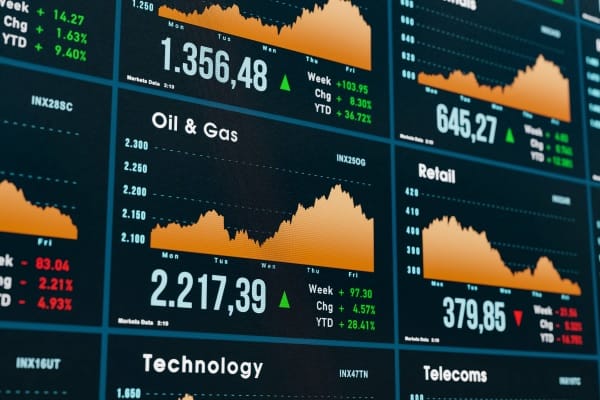Crude oil futures were volatile as market participants evaluated the potential impact of the U.S. election outcome.
Concerns around a possible return to Donald Trump’s “maximum pressure policy” on oil exports from Iran and Venezuela contributed to supply-side anxieties, particularly with Hurricane Rafael threatening Gulf Coast production.
Supply concerns coyld outweigh the downward pressures from higher inventories and a post-election surge in the greenback. Trump’s pro-business stance might support fuel demand, although potential changes in Fed policy could present additional market challenges.
This combination of supply-side risks and geopolitical factors points to a bullish near-term outlook for global crude prices, as market participants brace for potential supply disruptions.
Despite the initial lift in oil prices, gains may be limited in the months ahead. OPEC’s planned supply increases set for January could alleviate supply pressures.
With over 17% of Gulf of Mexico production currently halted due to the hurricane, the immediate outlook remains tight, though these production disruptions are expected to be temporary. The larger-than-expected inventory build adds a counterbalance to these bullish factors, indicating that prices may face headwinds as the global supply picture stabilises. Consequently, the medium-term outlook leans bearish, as OPEC production ramps up and inventory levels continue to play a moderating role in global crude prices.

